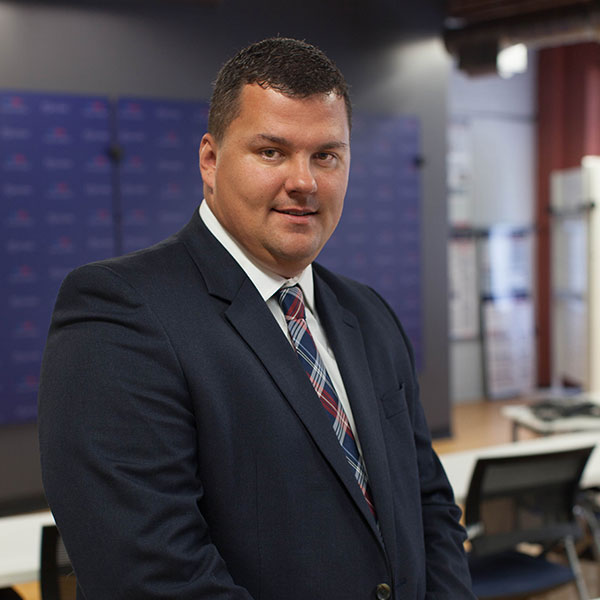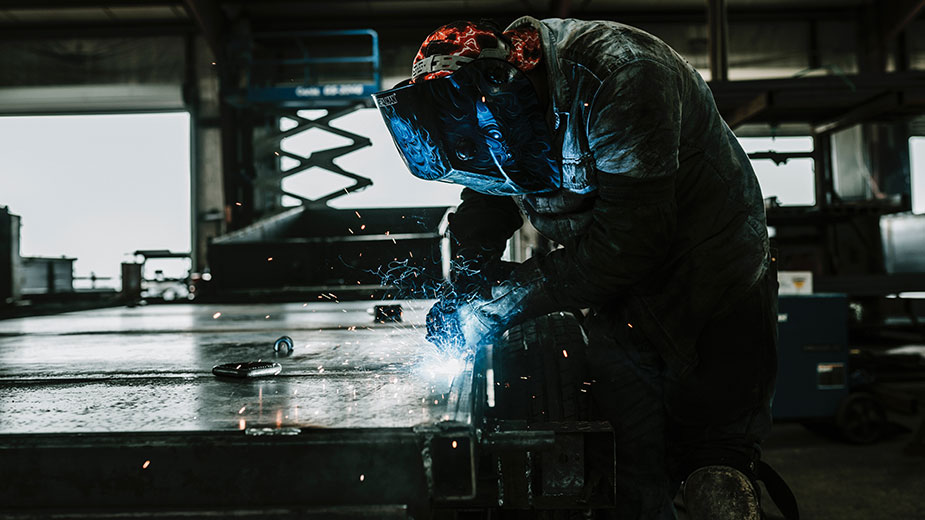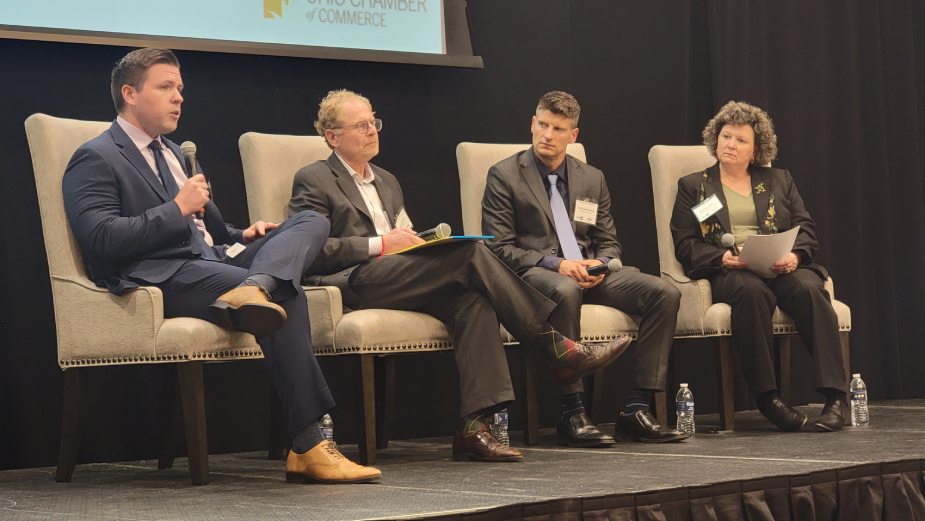‘Employer Playbook’ Presents Blueprint for Attracting and Training Workforce
YOUNGSTOWN, Ohio — The Mahoning Valley Manufacturers Coalition is partnering with America Makes, the Youngstown Business Incubator and other organizations to create an “employer playbook” for attracting and retaining manufacturing workers amid a critical labor shortage.
Talent looks vastly different than it did two to 20 years ago, says America Makes Education and Workforce Development Director Josh Cramer. The playbook, titled “The Getting Started Guide to 21st Century Talent,” will hopefully become the standard for small and medium-size manufacturers looking for best practices and a menu of options related to building employee training, retention and recruiting programs, he says.
“The goal is to build it with this regional stamp in the Youngstown region and scale this thing nationally,” Cramer says.
The process entails three interactive workshops with a goal of 15 participants from among large manufacturers, small and medium manufacturers, workforce development organizations and local leaders. These groups will convene for a moderated discussion about specific topics: recruiting and onboarding, work-based learning, and career pathways and progressive training models.
This initiative comes at a period when manufacturers across the country are having difficulty staffing positions, making it hard for them to grow their business or expand. According to the National Association of Manufacturers, 2.1 million manufacturing jobs could go unfilled by 2030.

MVMC Assistant Director Alex Hertzer was a plant superintendent at ClarkDietrich Building Systems LLC. He says it’s widely known the labor market has changed as well as recruiting. Two years ago, prior to the COVID-19 pandemic, good wages and benefits were sufficient for attracting employees.
He says the potential talent pool seeks a work-life balance, flipping the script to interview the employer.
Hertzer adds the hardest part of retaining good employees is getting them acclimated and confident in their abilities.
“What I learned was when somebody comes in and they’re kind of in this limbo state of they don’t know anyone, what they’re doing and a little nervous,” he says. “That’s when you tend to lose them.”
How do employers bridge the disconnect to its talent, giving them purpose to their jobs and hopefully retaining their services? Cramer says that is one of the things he hears across the America Makes’ membership.
Additive manufacturing companies have a very progressive culture where they’re leading with a social responsibility, a greater purpose, he says. The current generation of students and adults are driven by the mission or purpose of these businesses.
“I think that’s something that gets lost when that message is conveyed to what I would say is an underutilized talent pool,” Cramer says. “Youth or mainstream adults don’t look at manufacturing or additive manufacturing as a career opportunity because they’re not seeing all the stuff that’s going on. They’re not seeing the problems being solved in those kinds of things across the industry.”
At ClarkDietrich, Hertzer says they were doing weekly reviews for the first 90 days and an intense onboarding process for the first five days – meeting all supervisors and front office staff. It gives new employees time to learn their trade.
This tells employers if new talent has the knowledge to be successful and connect with the company’s mission.
“The only way to do that is to have a personal connection with them,” Hertzer says.
The hardest thing to understand for an employee is how they are part of the company and why are they important? Why is it important they don’t call off or show up late?
“The rest of the team is relying on me,” Hertzer says. “If I slow down in production, then I’m slowing down the shipping team because they’re waiting on me to finish my production. Part of it is explaining those nuances.
“It is something that is not installed in everyone. You’ve got to break it down a little bit.”
Hertzer says this aligns with the coalition providing a network for Mahoning Valley manufacturers to identify common needs and problem-solve with their partners, sharing ideas and resources to develop a skilled workforce.

MVMC has connections to manufacturers from Trumbull, Mahoning and Columbiana Counties, along with other educational and local organizations and businesses.
The goal of this project is to get people who are in charge of recruiting, hiring, training, developing, onboarding and orienting new talent.
“Our goal at the MVMC is to find those people and get them engaged with this so that America Makes can help build this guide,” Hertzer says.
Cramer says it’s important for small and medium manufacturing companies to have the best practices in recruiting talent – speaking to middle and high school students, parents and educational institutions.
What is the best way to work with community-based organizations for mainstream adults or those from underserved areas? How do companies onboard talent, build training programs internally and create work and learn models?
For example, a chief technical officer of a company is machining a metal printed part because he’s the expert of that machine, Cramer says. The companies normally do not have a learning and training departments, let alone human resources.
The goal is to bring in regional partners with strong dedication to workforce development and talent acquisition, pairing them with struggling companies.
“We literally want to attack what the problems are and know what those problems are,” he says. “We want to have the expertise in the room to assess that and look at these as real problems that need real solutions.”
This playbook changes the previous thinking for small and medium companies.
“This is providing that professional guide to talent today,” Cramer says.
For anyone interested in this program, contact Cramer at [email protected].
Photo by Kiefer Likens on Unsplash
Copyright 2024 The Business Journal, Youngstown, Ohio.



